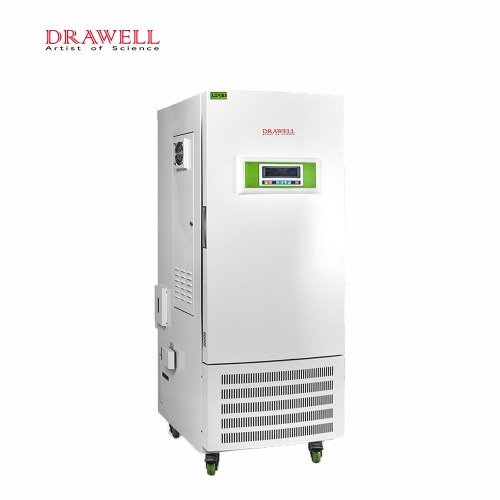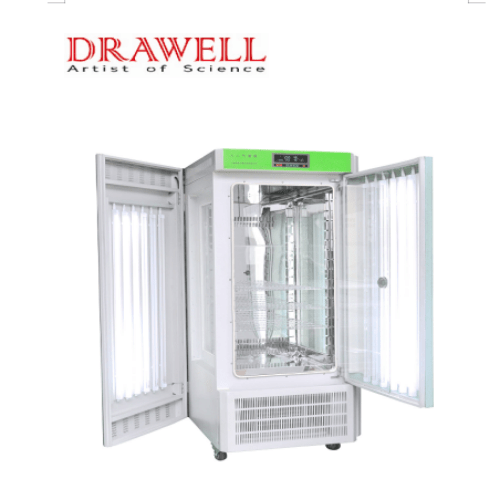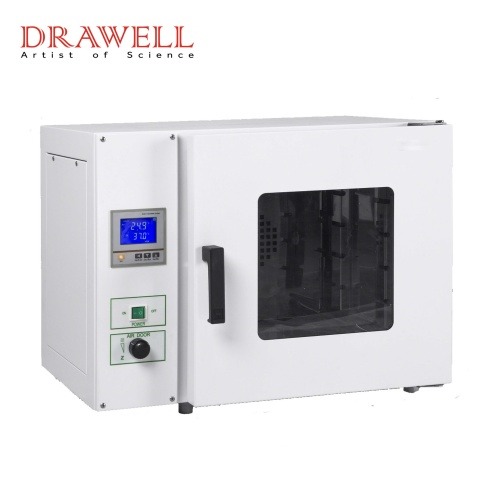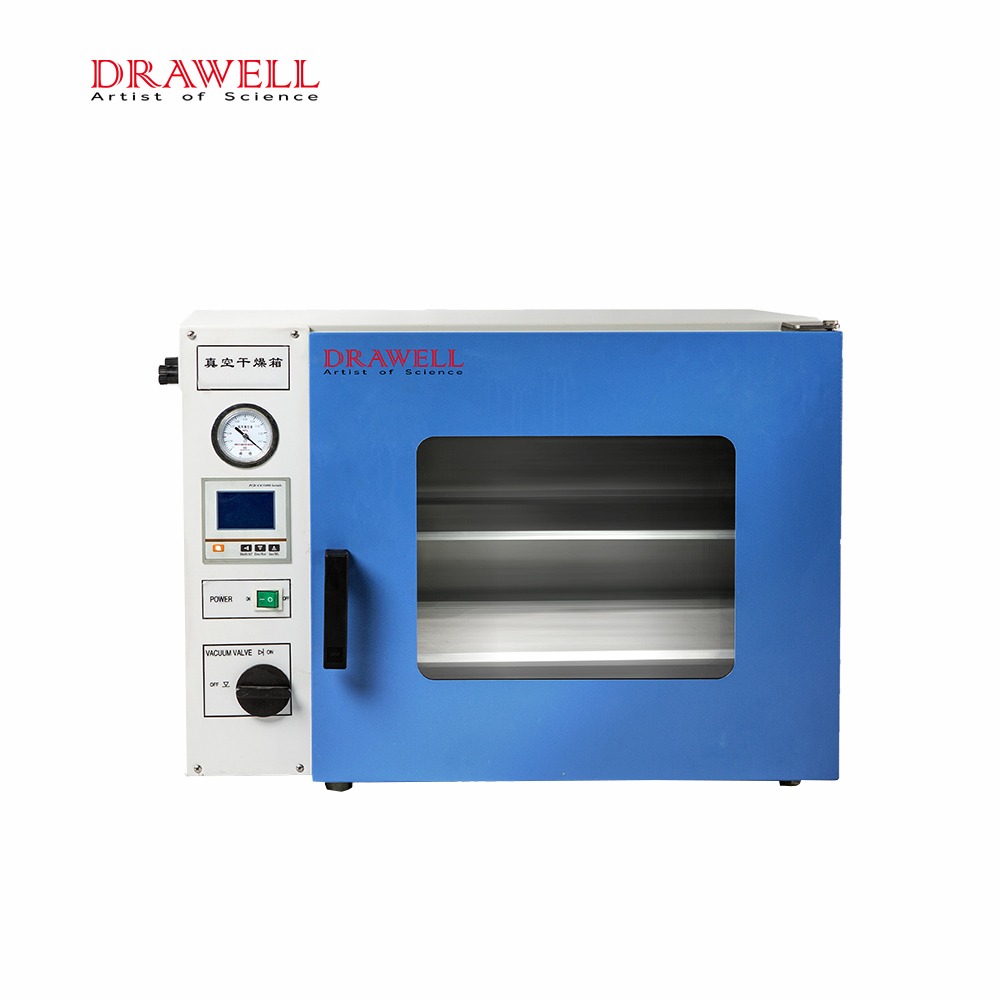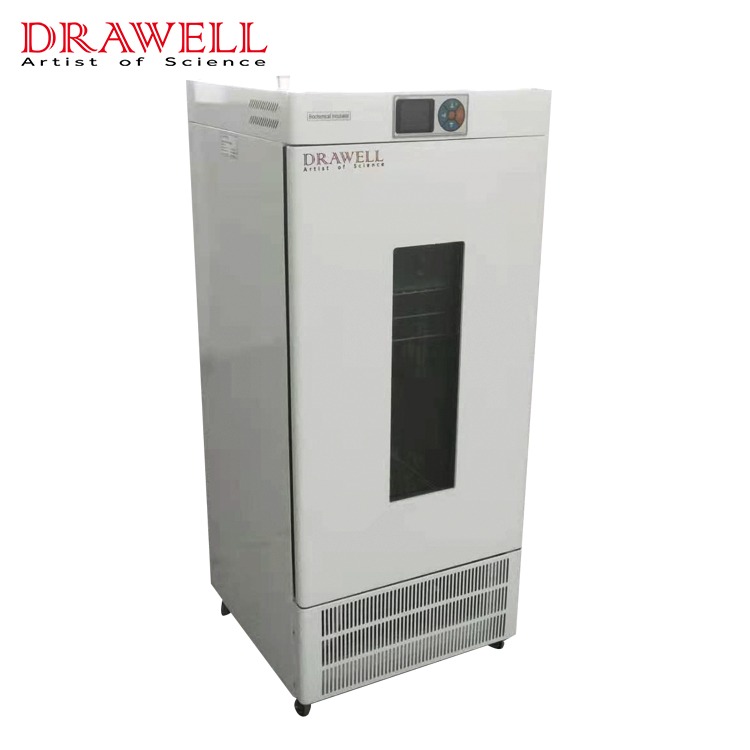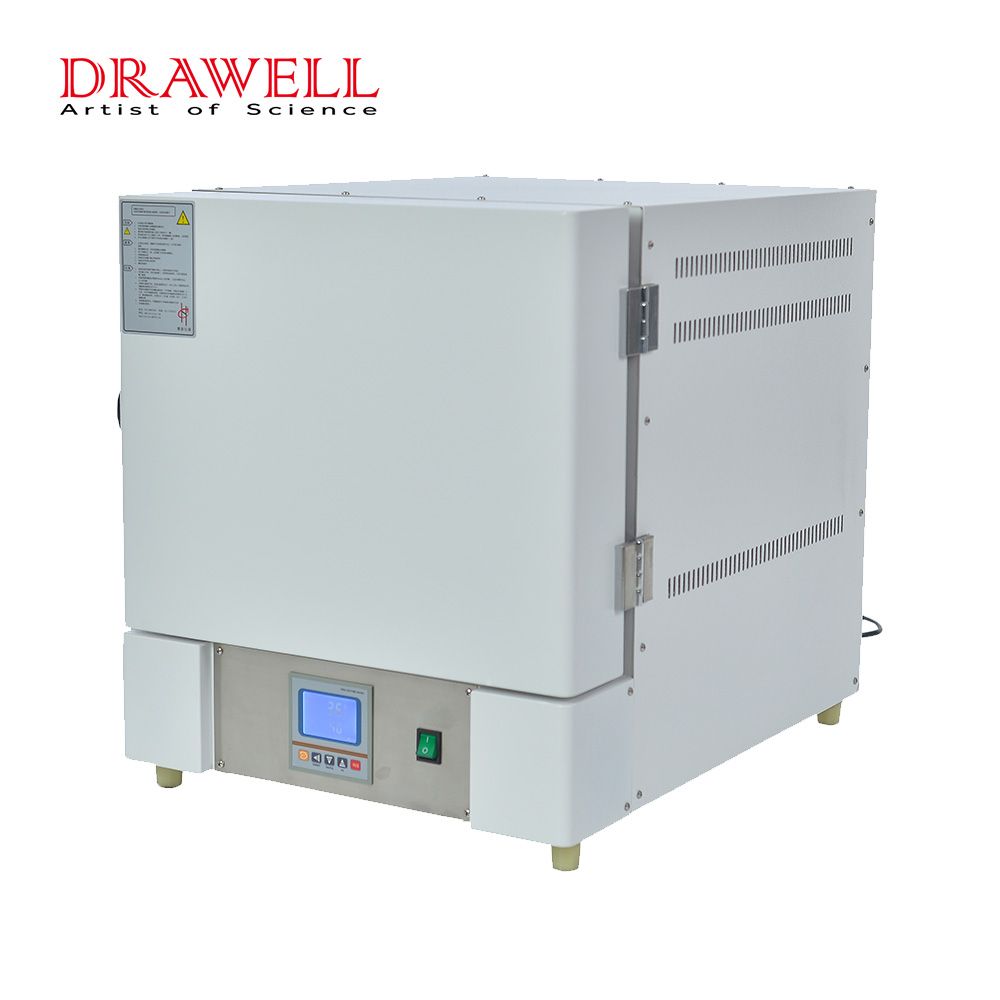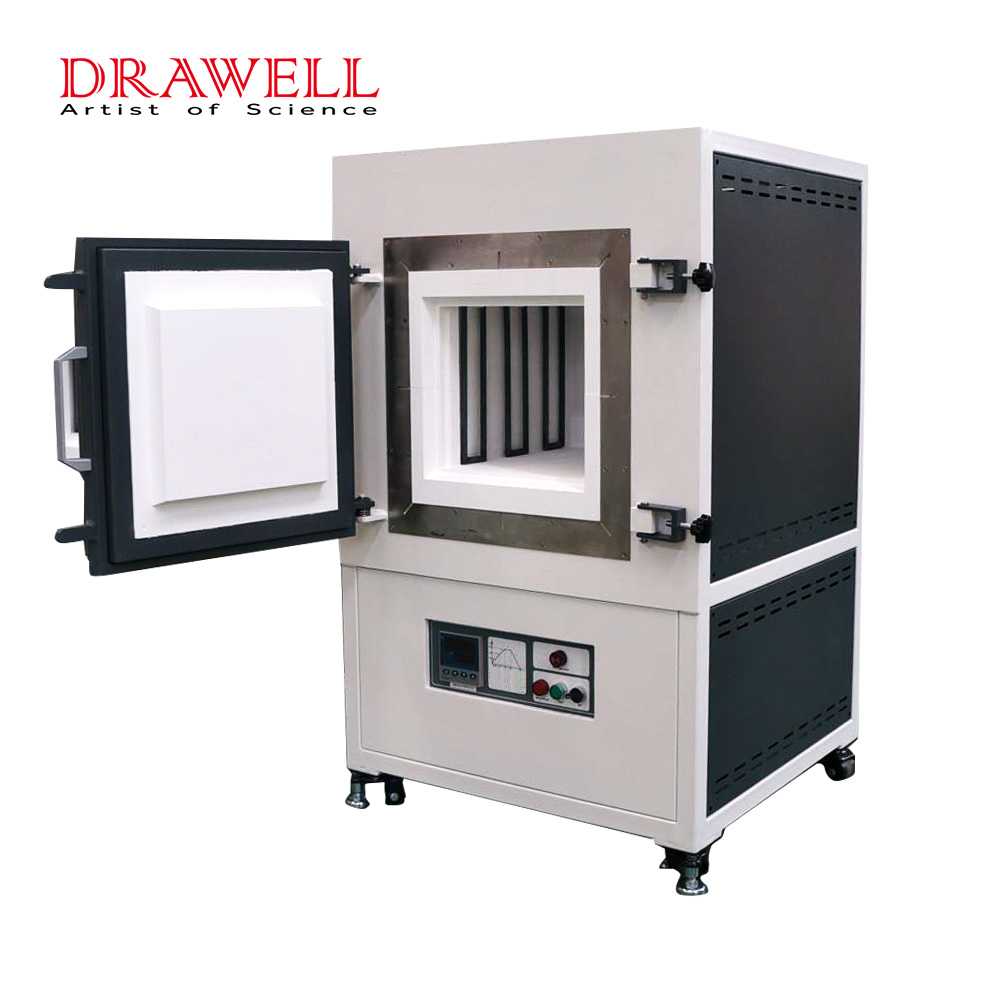In the realm of microbiological research, unlocking the secrets of tiny organisms holds immense potential for advancements in medicine, biotechnology, and environmental science. But cultivating these microscopic marvels requires precise control over their environment. Enter the BOD incubator, a seemingly simple yet remarkably versatile tool that has become a cornerstone of microbiological exploration. Beyond its namesake function – measuring Biochemical Oxygen Demand – BOD incubators offer a diverse range of applications, fostering diverse microbial life for a spectrum of research endeavors. This article delves into the fascinating world of BOD incubators, illuminating their adaptability and highlighting their critical contributions to propelling microbiological research forward.
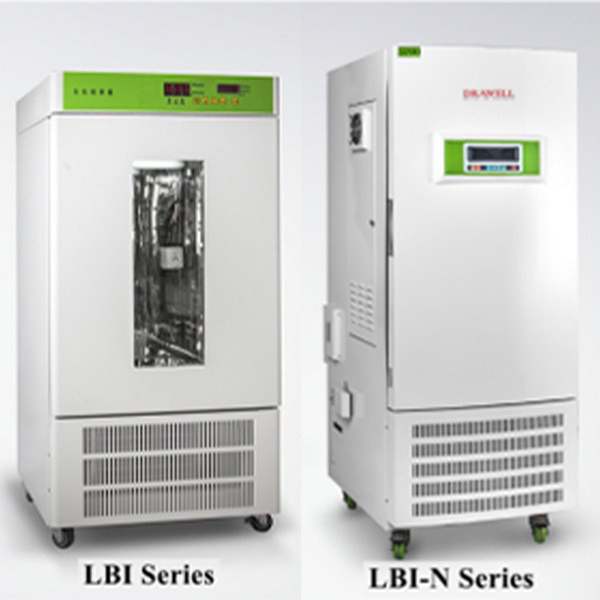
What are the Key Features of BOD Incubators in Microbiology?
A biochemical incubator, also known as a microbiological incubator, meticulously crafts a controlled environment essential for the growth and study of microorganisms. It functions like a tiny, personalized world, ensuring optimal conditions for specific organisms to thrive. Here’s a breakdown of its key features and mechanisms:
1. Temperature control: This is the heart of an incubator. Precise heating elements and sensors work in tandem to maintain a constant, user-defined temperature, typically ranging from 20°C to 60°C. Different microorganisms have specific temperature preferences, and precise control ensures optimal growth and metabolic activity.
2. Humidity control: Some incubators offer humidity control, maintaining a specific moisture level within the chamber. This is crucial for certain microorganisms, especially when working with cell cultures or tissues that require a more humid environment. The incubator employs systems like water trays, ultrasonic generators, or humidity sensors to precisely regulate moisture levels.
3. Gas control: Certain applications necessitate control over atmospheric gases like oxygen and carbon dioxide (CO2). Advanced incubators feature gas mixing systems and sensors to maintain specific CO2 concentrations, often vital for mammalian cell cultures or studying microbial respiration.
4. Sterilization: Contamination is a major concern in microbiology. Incubators are designed to minimize contamination risks through features like:
- HEPA filters: These filters trap airborne contaminants, ensuring a clean internal environment.
- UV sterilization: Some incubators have built-in UV light systems to disinfect the chamber periodically.
- High-temperature cycles: Some models offer high-temperature sterilization cycles to eliminate potential contaminants before use.
- Monitoring and alarms: Modern incubators come equipped with digital interfaces displaying and allowing adjustment of temperature, humidity, and gas levels. Additionally, built-in alarms alert researchers to any deviations from set parameters, preventing potential harm to cultures.
5. Safety features: To protect users and the environment, incubators may have safety features like door interlocks, overheat protection, and leak detectors.
Overall, a biochemical incubator orchestrates a delicate balance of temperature, humidity, gas composition, and sterility, crafting a miniature world specifically suited for the needs of various microorganisms. This controlled environment allows researchers to study their growth, activity, and responses to different conditions, unlocking valuable insights into their biology and potential applications.

What are the Applications of BOD Incubators in Microbiology?
BOD incubators, while originally designed for Biochemical Oxygen Demand (BOD) testing in wastewater analysis, have evolved into versatile tools for a wide range of microbiological applications. Their ability to precisely control temperature, humidity, and gas levels makes them ideal for cultivating and studying diverse microorganisms under specific environmental conditions. Here are some key applications of BOD incubators in microbiology:
1. Microbial Growth and Culture:
- Maintaining optimal growth conditions: BOD incubators provide a stable and controlled environment for various microorganisms, allowing researchers to study their growth kinetics, morphology, and physiology.
- Cultivating diverse species: The adjustable temperature range of many BOD incubators enables the cultivation of various microorganisms with different temperature requirements, such as thermophiles or psychrophiles.
- Performing viability testing: BOD incubators can be used to assess the viability of microbial cultures by monitoring their growth and metabolic activity.
2. Environmental Microbiology:
- Studying microbial communities: BOD incubators can be used to cultivate and analyze microbial communities from various environmental samples, such as soil, water, and air. This helps researchers understand the diversity and function of these communities in different ecosystems.
- Investigating bioremediation: BOD incubators can be used to simulate natural environments and study the biodegradation of pollutants by microorganisms. This helps in developing and optimizing bioremediation strategies for environmental cleanup.
3. Food Microbiology:
- Testing food spoilage: BOD incubators can be used to cultivate and study food spoilage microorganisms under different storage conditions. This helps in developing food preservation methods and ensuring food safety.
- Fermentation studies: BOD incubators can be used to control the temperature and CO2 levels for fermenting various food products, such as yogurt, cheese, and bread.
4. Pharmaceutical and Biotechnology:
- Antimicrobial susceptibility testing: BOD incubators can be used to cultivate microorganisms and test their susceptibility to different antibiotics and other antimicrobial agents.
- Enzyme production: BOD incubators can be used to optimize the production of enzymes by microorganisms under controlled conditions.
- Vaccine development: BOD incubators can be used to cultivate microbes for vaccine production and to study their growth and antigen expression.
5. Cell Culture:
- Maintaining mammalian cell cultures: Some BOD incubators with CO2 control features can be used to maintain mammalian cell cultures, which require specific temperature and gas conditions.
- Studying cellular responses: BOD incubators can be used to study the responses of cells to different stimuli, such as drugs or environmental changes.
Overall, BOD incubators are valuable tools for microbiologists due to their versatility, reliability, and ease of use. Their ability to control various environmental parameters allows researchers to cultivate and study microorganisms in a controlled manner, leading to advancements in various fields of microbiology.

Conclusion
From unraveling the mysteries of microbial growth to crafting life-saving drugs, BOD incubators have proven themselves to be invaluable partners in unlocking the secrets of the microbial world. Their versatility, reliability, and ease of use have cemented their place as indispensable tools in countless research laboratories. As our understanding of the microbial universe continues to evolve, so too will the demands placed upon BOD incubators. But with their inherent adaptability and ongoing advancements in technology, these remarkable instruments are poised to remain at the forefront of microbiological research, fostering discoveries that could reshape our world.

